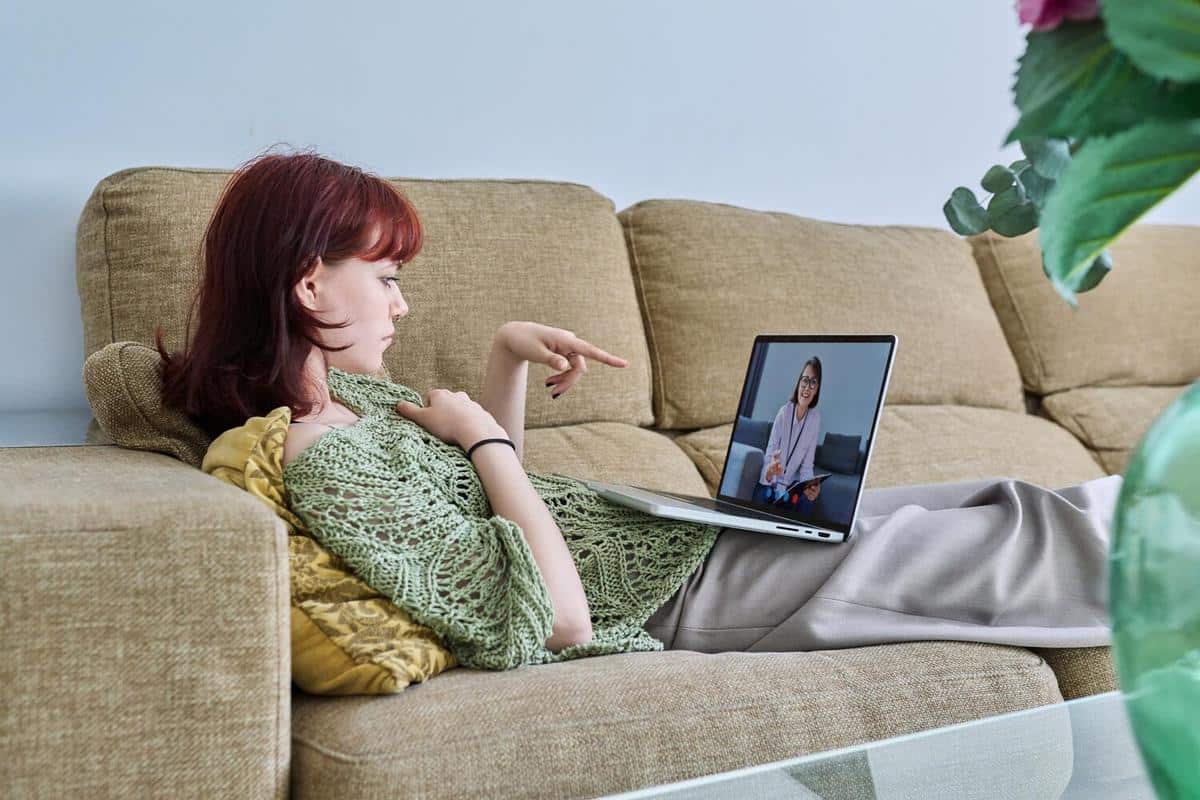
The Rise of Teletherapy: Is It as Effective as In-Person Sessions?
As technology continues to reshape our lives, the realm of mental health care is no exception. Teletherapy, or online therapy, has emerged as a popular alternative to traditional in-person sessions, but how effective is it really?
With the rise of digital communication tools, mental health professionals have found new ways to reach their clients, offering convenience and accessibility through teletherapy. But does this virtual interaction provide the same benefits as face-to-face meetings?
The Growing Popularity of Teletherapy
According to a recent report by the American Psychological Association, the demand for teletherapy services has surged, with many therapists reporting a shift in their practice towards online platforms. This growth can be attributed to several factors, including the global pandemic, which necessitated remote interactions, and the increasing comfort with digital solutions among both therapists and clients.
Expert Opinions
Dr. Lisa Johnson, a renowned psychotherapist, notes that “teletherapy has opened doors for individuals who might not have sought help otherwise, breaking down barriers related to location and mobility.” However, she emphasizes that the effectiveness of teletherapy largely depends on the individual’s comfort with technology and the therapeutic approach used.
Research Findings
Studies published in the Journal of Counseling Psychology indicate that teletherapy can be as effective as in-person therapy for various mental health issues, including anxiety and depression. The key determinants of success are the therapeutic alliance and the client’s engagement, which can be fostered through virtual means.
Personal Experiences
Consider the story of Mark, who found teletherapy to be a lifeline during a challenging period. “I was skeptical at first,” he admits, “but the convenience of being able to talk to my therapist from home made a significant difference. I felt more relaxed and open.”
Practical Tips for Maximizing Teletherapy
- Ensure you have a stable internet connection and a private space for sessions.
- Communicate openly with your therapist about what you hope to achieve.
- Be proactive in applying strategies discussed during sessions to your daily life.
Comparing Teletherapy and In-Person Therapy
| Aspect | Teletherapy | In-Person Therapy |
|---|---|---|
| Accessibility | High | Moderate |
| Convenience | Very High | Moderate |
| Cost | Often Lower | Varies |
| Comfort | Depends on Individual | Generally High |
| Therapeutic Alliance | Can Be Strong | Traditionally Strong |
| Technology Requirements | Essential | None |
| Privacy | Ensured with Precautions | High |
| Effectiveness | Comparable | Proven |
FAQs
Is teletherapy suitable for everyone?
While teletherapy is effective for many, it may not suit individuals who have difficulty using technology or require intensive, in-person interventions.
Can teletherapy address complex mental health issues?
Yes, many complex issues can be effectively handled through teletherapy, though it may depend on the therapeutic approach and the clinician’s expertise.
Final Thoughts
As we navigate the evolving landscape of mental health care, teletherapy stands out as a viable and effective option for many individuals. By understanding its benefits and limitations, clients can make informed choices about their mental health journey. Whether choosing teletherapy or traditional therapy, the most important step is seeking help and taking action towards better mental health.


